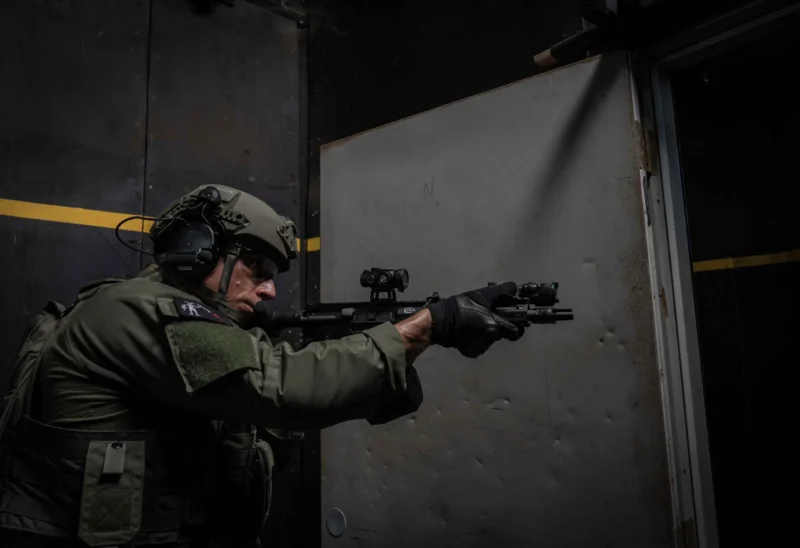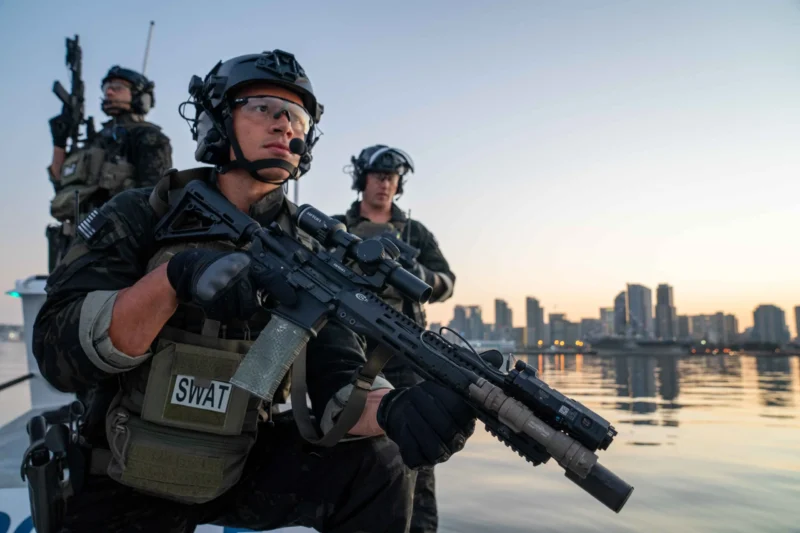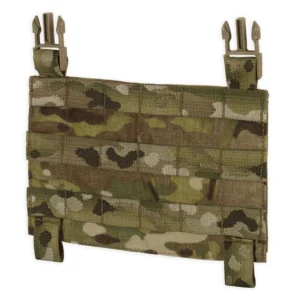Common mistakes in tactical loadout planning

A tactical loadout should facilitate movement, decision-making, and survival, rather than hindering them. Yet small mistakes in selection and placement turn useful gear into a liability. The goal is a kit that’s mission-appropriate, accessible, and reliable under stress. Below are ten common, high-impact mistakes that teams commonly make, along with clear explanations and actionable fixes you can apply right away to build a tactical loadout. Lock your kit in seconds with the Chase Tactical MOLLE Clip Placard.
What causes a loadout to break down under pressure?
Loadouts do not work when gear choices do not match how they will be used in real life. Heavy, unnecessary items slow you down; poor organization wastes seconds; and untested configurations reveal flaws only during stressful moments. Ergonomics, environmental fit, redundancy with purpose, communication readiness, and routine maintenance are the pillars that most people often overlook. These are the areas that will let you down when it matters.
What are the Common mistakes in tactical loadout planning?

A practical loadout focuses on essentials, accessibility, and training. Below are ten common mistakes in tactical loadout planning:
1. Overpacking for every contingency
Thinking “more is safer” leads to carrying items you rarely or never use. Excess weight saps endurance and slows movement. Replace the impulse to overpack with a mission-tier checklist: essential (carry), mission-specific (add if needed), and vehicle/resupply (leave in transport). Train to operate without the nice-to-have items so you know which truly matter.
2. Bad weight distribution and mounting
Placing heavy items far from your center of mass or stacking them in an awkward position can cause fatigue, balance issues, and compromised shooting positions. Keep heavy components close to your torso and distribute the weight evenly front-to-back and left-to-right. Use slim, low-profile pouches for denser items and regularly jog/run with the full kit to find shifting or pressure points.
3. Poor priority of access (organization)
Keep essential items, such as the medical kit, primary magazines, and radio, easily accessible. If they are buried, you will lose valuable time. Organize your gear by how often you need it:
- Immediate-access items (like the tourniquet, primary mag, and radio)
- Secondary items (such as extra mags and a multitool)
- Stow away items (like rations and a sleeping kit)
Make sure everyone on the team has the same setup. This way, everyone can help quickly and predictably.
4. Ill-fitting armor or harnesses
A carrier that rubs, binds, or limits shoulder/torso motion turns protection into a handicap. Fit carriers to your body and plate size, trim excess webbing, and use modular cummerbunds or suspenders to prevent ride-up. Always test positional mobility, overhead reach, prone transitions, and rapid turns while wearing the plates.
5. Unintentional redundancy or wasted duplicates
Redundancy should cover mission-critical failures, not duplicate everything. Carry spare batteries for communications and a backup communications method, but don’t carry two identical, heavy optics unless the mission is critical. Document why each duplicate exists and place spares for quick swap without disrupting primary tasks.
6. Wrong gear for the environment or mission
A winter kit in desert heat or woodland camouflage in an urban setting reduces effectiveness and comfort. Design a core loadout and swap modular elements (climate clothing, optics filters, footwear) based on terrain and mission profile. Field-test each configuration in representative conditions before committing to it.
7. Neglecting comms routing and battery planning
A radio with tangled cables, a blocked microphone, or a dead battery is useless. Secure radios in a radio pouch where they’re easy to reach, route antenna and PTT to avoid snags, and carry charged spares. Predefine frequencies, channel names, and simple brevity codes to reduce confusion and ensure quick reestablishment if a unit loses comms.
8. Medical kit buried or poorly configured
The fastest med kit is the one you can get to with one hand. Carry a tourniquet and a compact trauma dressing in a readily accessible pouch; keep larger supplies in the pack. Train on practical application, applying a tourniquet with gloves, packing a wound, and rapid casualty extraction, so medical gear becomes an instinctive extension of your plan.
9. Overreliance on electronics without analog fallbacks
GPS units, smart optics, and digital maps are invaluable until they fail. Always carry and know how to use a paper map and compass, and regularly rehearse navigation and communication procedures without relying on electronic devices. Teach simple visual/signaling methods, along with written SOPs, for lost-comms scenarios so teams remain effective offline.
10. Skipping rehearsals and pre-mission checks
A checklist that never leaves a drawer is worthless. Perform quick function checks before missions, including weapon safety, optic zero, radio check, battery levels, hydration, and pouch contents. Regularly run full-gear drills (movement, reloads, casualty drag) to uncover snags, shift issues, and human factors that only appear under load and stress.
Conclusion
Planning your tactical loadout isn’t just about packing gear; it’s about packing smart. Avoid common mistakes by focusing on balance, functionality, and familiarity with your setup. The right loadout should feel natural, efficient, and ready for anything when it counts most.
Frequently Asked Questions
How often should I run a full tactical gear rehearsal?
Weekly to monthly, depending on operational tempo; always run one before a major mission.
What’s the quickest access rule for med gear?
Keep a tourniquet and a trauma dressing within easy reach. You should be able to grab either one with just one hand.
How do I decide what to keep in the vehicle versus what to carry on my person?
Keep mission-critical, lifesaving, and immediately needed items on your person; store heavier or rarely used tools in the vehicle.
How much redundancy is reasonable?
Have backup plans for key areas: ensure communication power is reliable, keep one extra medical item for each injured person, and use an alternative way to navigate.
Can I copy someone else’s setup?
Use it as a baseline, but tailor fit, placement, and weight to your body, mission, and team SOPs.

